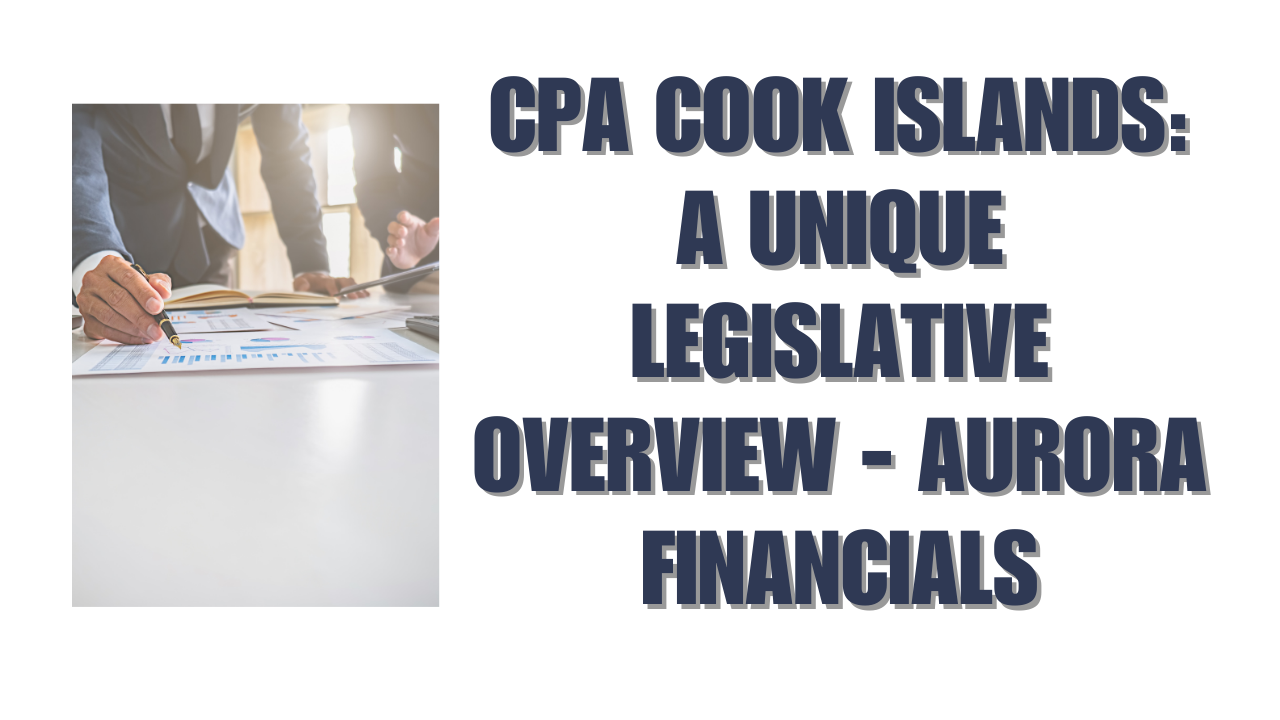The Cook Islands Parliament ranks among the Pacific region’s smallest yet most influential legislative bodies. This unicameral body of 25 elected members serves a population of just 15,324 people and has shaped regional politics since its establishment. The parliament’s influence compared to its size surpasses that of many other Pacific institutions.
The Parliament’s journey began with its Commonwealth membership in 1931. Its Commonwealth Parliamentary Association (CPA) Branch, formed in 1969, made the Cook Islands a pioneer in small-state diplomacy. The nation has managed to keep a unique self-governing arrangement with New Zealand since August 1965. This status gives parliament members substantial autonomy while maintaining international ties. The Cook Islands parliament, as one of 43 ‘Small Branches’ in the CPA network, has built impressive strategic collaborations. A notable example is its 27-year partnership with the Western Australian Parliament.
This piece explores how this modest yet remarkable institution has shaped modern Pacific politics, from its constitutional roots to its present-day regional significance.
From Colony to Constitution: The Birth of the Cook Islands Parliament
The Cook Islands’ path to parliamentary democracy started well before they achieved full self-governance. The islands became part of New Zealand’s boundaries in 1901. A Resident Commissioner managed their administration for almost 50 years. Major changes emerged after World War II as decolonization movements gained strength throughout the Pacific region.
The year 1946 marked a turning point with the creation of a Legislative Council. This council met yearly in Rarotonga. Though it served mainly as an advisory body at first, it represented the first step toward local governance. A stronger Legislative Assembly emerged in 1957 with broader legislative powers. This assembly united these scattered islands in representation for the first time since the short-lived federal parliament of 1888.
The Assembly took decisive action in 1962 by formally declaring its goal to achieve internal self-government. They selected a Leader of Government and four members the next year to create an Executive Committee—essentially a “shadow cabinet”. These steps paved the way for complete internal self-governance in 1965.
The Cook Islands held their first general election under the self-governance framework on April 20, 1965. Manea Tamarua won the position of Leader of Government Business when the newly elected Assembly met on May 10. The Assembly later approved the constitution with 20 votes in favor and 2 against on July 26.
August 4, 1965 became a historic day as the Constitution took effect. This event marked the birth of a self-governing Cook Islands “in free association with New Zealand”. Albert Henry made history as the first Premier when he took his oath that day[72]. Another milestone occurred when Marguerite Story became the first female “Speaker” of a Parliament in the democratic world.
This new system gave the Cook Islands control of their internal affairs, while New Zealand continued to handle defense and external affairs. The people of Cook Islands kept their New Zealand citizenship. The nation celebrates Constitution Day every first Monday of August to honor this pivotal moment in their history[62].
Key Figures Who Shaped the Parliament’s Legacy
The Cook Islands Parliament has a short but rich history. Many great leaders have shaped this small yet powerful institution. Their work and dedication created practices that influence Pacific politics even today.
Albert Henry towers above other influential figures from this era. He became the first Premier after the islands gained self-governance in 1965. His leadership created many parliamentary traditions that lasted for decades. The Cook Islands Party, which he led, shaped early political life. This set the foundation for party-based governance that still exists today. Henry knew how to balance cultural preservation with political modernization – an approach the parliament still uses.
Sir Thomas Davis made his mark as Prime Minister from 1978 to 1987. His scientific background and worldwide experience brought fresh ideas to the Cook Islands Parliament. Davis shifted the nation’s focus toward economic growth and cooperation with neighboring countries. This helped the parliament become a respected voice in Pacific affairs despite its small size.
Sir Geoffrey Henry led several administrations between 1983 and 1999. The Cook Islands Parliament faced its toughest challenge during his time – the financial reforms of the 1990s. His steady hand through economic changes showed how adaptable and resilient the institution could be.
Women have been vital in molding the parliament’s identity. Marguerite Story broke new ground as the world’s first female Parliament Speaker. Her groundbreaking role created opportunities for more women in Cook Islands politics.
The Parliament’s growth reflects a perfect blend of Westminster traditions and Polynesian cultural values. The parliament building in Avarua stands as more than just a structure – it holds memories of leaders who guided the transition from colonial rule to self-governance.
Modern parliament members build on this strong foundation. They keep connections with both traditional systems and current democratic practices alive. This small institution continues to have influence way beyond its size.
Regional Influence and International Partnerships
The Parliament of the Cook Islands has built a methodical network of international relationships that magnify its influence throughout the Pacific region. New Zealand’s special constitutional arrangement provides a foundation for independent foreign policy while the nation manages to keep vital support systems.
“That relationship of free association with New Zealand has remained an evolving one of partnership, freely entered into and freely maintained, with both countries respecting the right and freedom of the other to pursue their own national policies and interests,” notes a statement from the Cook Islands Ministry of Foreign Affairs.
Strategic diversification of partnerships beyond traditional allies marks the parliament’s approach. Prime Minister Mark Brown undertook the first State Visit to China by a Cook Islands Prime Minister in a decade. This visit established a detailed Strategic Partnership focusing on trade, infrastructure, climate resilience, and maritime cooperation. Prime Minister Brown’s words reflect this strategy: “our experience as a self-governing nation is not one of isolation, but of partnership and participation”.
The Cook Islands Parliament has secured a prominent position within the Commonwealth Parliamentary Association (CPA). Hon. Niki Rattle, Speaker of the Parliament of the Cook Islands, was elected Chairperson of the CPA Small Branches network in 2019. Small jurisdictions now have a voice on the CPA International Executive Committee and can address common challenges collectively.
A 27-year relationship with Western Australia’s Parliament through the CPA twinning program showcases lasting partnerships. This arrangement, formalized in 2007, helps with staff exchanges, training opportunities, and parliamentary resource sharing.
The Cook Islands raised the profile of the Pacific Islands Forum Troika Leaders meeting during its tenure as Chair recently, which strengthened Pacific-led governance. Foreign Secretary Tepaeru Herrmann emphasizes that this mechanism supports “governance stability and continuity and strengthens Pacific advocacy on the global stage”.
The Cook Islands Parliament’s international efforts demonstrate how small states can balance development priorities with sovereignty considerations in global affairs.
Conclusion
The Cook Islands Parliament has exceeded expectations for a legislative body of its size throughout its experience from colonial territory to self-governing nation. This small yet dynamic institution continues to punch above its weight in regional diplomacy and governance. The constitutional framework that began in 1965 created a foundation for democratic governance and maintained valuable ties with New Zealand. Other Pacific nations have studied and adapted this template over the last several years.
Visionary leaders played a vital role in shaping this parliamentary legacy. Albert Henry, Sir Thomas Davis, Sir Geoffrey Henry, and pioneers like Marguerite Story created precedents that balanced Westminster traditions with Polynesian cultural values. Their leadership showed how small island states could retain sovereignty while engaging meaningfully with larger international partners.
The Parliament’s strategic approach to international relations has boosted its regional influence. Cook Islands parliamentarians have refused to accept limitations based on population size. They have actively participated in Commonwealth Parliamentary Association initiatives and developed strategic collaborations with nations like China and Australia. Their efforts have strengthened Pacific-led governance through regional forums.
The Cook Islands Parliament has shown remarkable resilience and adaptability despite common challenges of small island developing states – climate vulnerability, economic constraints, and geographic isolation. This institution proves that effective governance depends nowhere near as much on size as it does on steadfast dedication to democratic principles, strategic vision, and cultural authenticity.
This small legislative body’s story reflects a broader narrative about Pacific self-determination. The Parliament has actively shaped modern Pacific politics instead of passively accepting global political currents. It stands as proof that even the smallest democratic institutions can make vital contributions to regional governance and international diplomacy.
FAQs
Q1. What is the current political status of the Cook Islands?
The Cook Islands has been a self-governing nation in free association with New Zealand since 1965. This arrangement allows Cook Islanders to hold New Zealand citizenship while maintaining their own parliament and control over internal affairs.
Q2. How is the Cook Islands Parliament structured?
The Cook Islands Parliament is a unicameral body consisting of 24 members directly elected from single-seat constituencies. Members serve for a maximum term of four years, and the parliament meets in Avarua, the capital city of Rarotonga.
Q3. Who were some key figures in shaping the Cook Islands Parliament?
Notable figures include Albert Henry, the first Premier after self-governance in 1965; Sir Thomas Davis, who served as Prime Minister from 1978 to 1987; and Marguerite Story, who became the first woman globally to hold the title of “Speaker” of a Parliament.
Q4. How does the Cook Islands Parliament engage in international relations?
The Parliament actively participates in the Commonwealth Parliamentary Association, maintains a twinning arrangement with the Western Australian Parliament, and has recently established partnerships with countries like China. It also plays a role in regional forums like the Pacific Islands Forum.
Q5. What challenges does the Cook Islands face as a small island nation?
The Cook Islands face challenges common to small island developing states, including climate vulnerability, economic constraints due to a narrow economic base, geographic isolation, and high costs of public administration and infrastructure. However, the nation has shown resilience in addressing these issues through strategic governance and international partnerships.






